Ancient trees are more than just towering giants of the natural world; they are living witnesses to history, culture, and human civilization. Each of these remarkable trees has stood the test of time, some for thousands of years, becoming intertwined with significant historical events, legends, and traditions. In this article, we explore 15 of the most historically significant ancient trees from around the world, each with its own unique story that connects us to the past and reminds us of the enduring power of nature.
Methuselah Tree (California, USA)
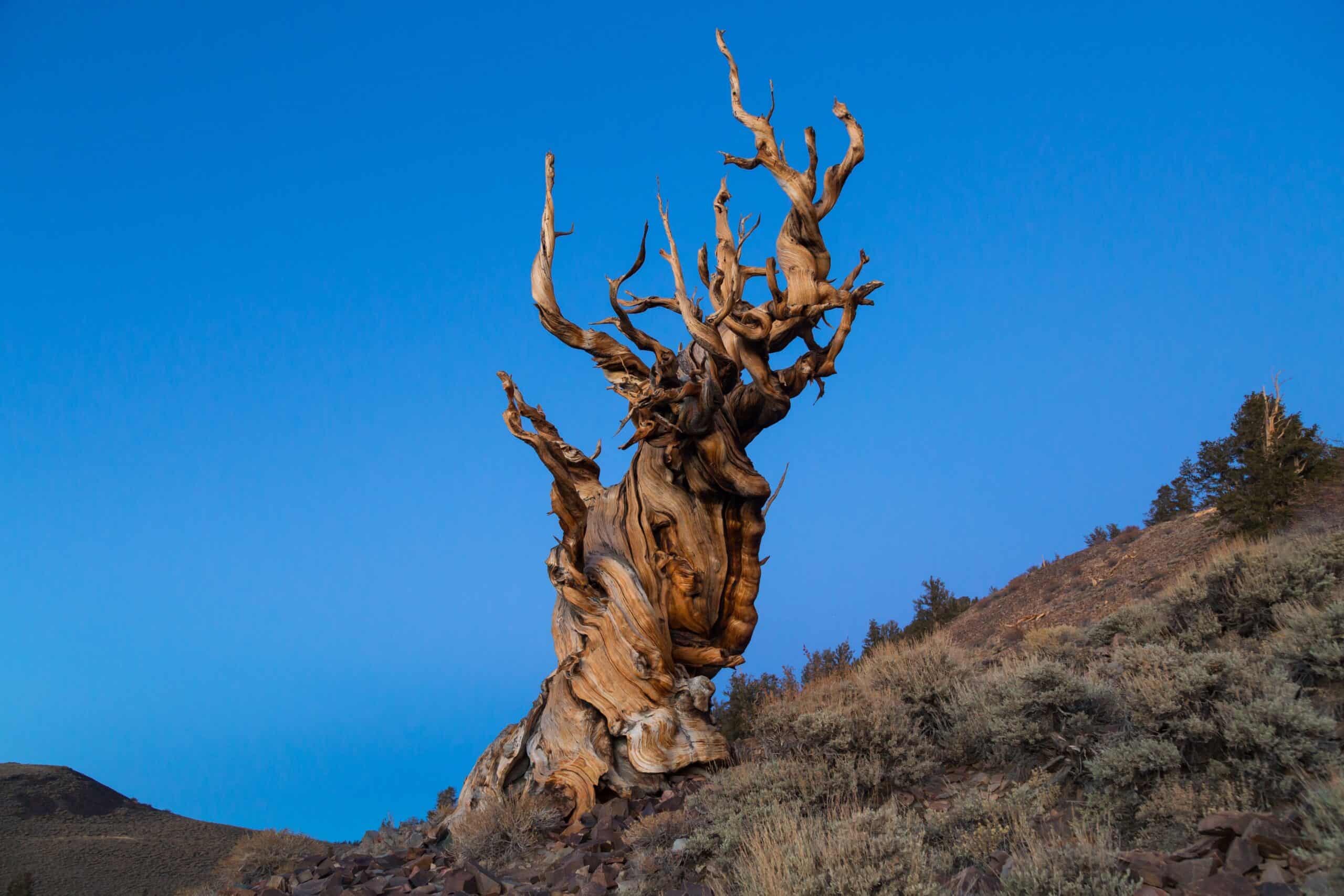
The Methuselah Tree, a bristlecone pine located in California’s White Mountains, is celebrated as one of the oldest living trees on Earth. Estimated to be over 4,800 years old, Methuselah is a silent witness to millennia of human history, from the dawn of ancient civilizations to the modern era. Bristlecone pines are known for their remarkable longevity, thriving in harsh environments where few other trees can survive. Methuselah’s age and resilience make it a symbol of nature’s endurance. The tree’s twisted, gnarled appearance is the result of centuries of exposure to extreme winds, cold, and minimal nutrients. Its ability to survive in such conditions underscores the strength and adaptability of ancient life forms. Methuselah’s location is kept secret by the U.S. Forest Service to protect it from vandalism, ensuring its continued survival. The tree’s ancient rings offer invaluable insights into climate change and environmental conditions over thousands of years, making Methuselah not just a biological marvel, but also a key source of scientific knowledge.
Old Tjikko (Sweden)
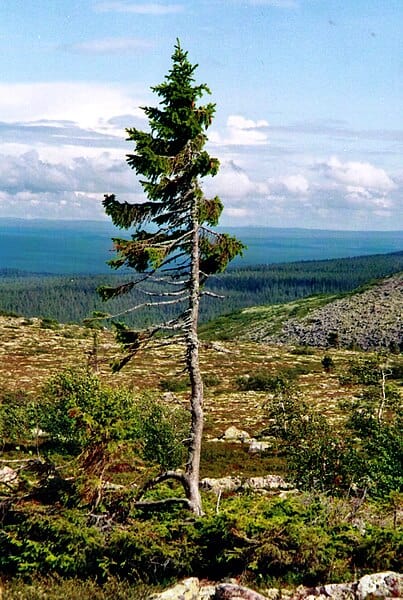
Old Tjikko, a clonal Norway spruce in Sweden, is the world’s oldest known clonal tree, with a root system that has been carbon-dated to approximately 9,550 years. While the visible trunk is relatively young, around 600 years old, it is the tree’s underground root system that is ancient. This root system continuously regenerates itself by producing new trunks as the old ones die off. Old Tjikko stands as a remarkable example of nature’s ability to perpetuate life through clonal reproduction, where a genetically identical tree sprouts from the root system of its predecessor. Found on Fulufjället Mountain, Old Tjikko has weathered countless environmental changes, including the end of the last Ice Age. Its survival through such a vast expanse of time highlights the incredible adaptability of certain plant species. As a symbol of resilience and the continuity of life, Old Tjikko offers profound insights into the longevity of ecosystems and the importance of conserving ancient landscapes.
Bodhi Tree (Bodh Gaya, India)
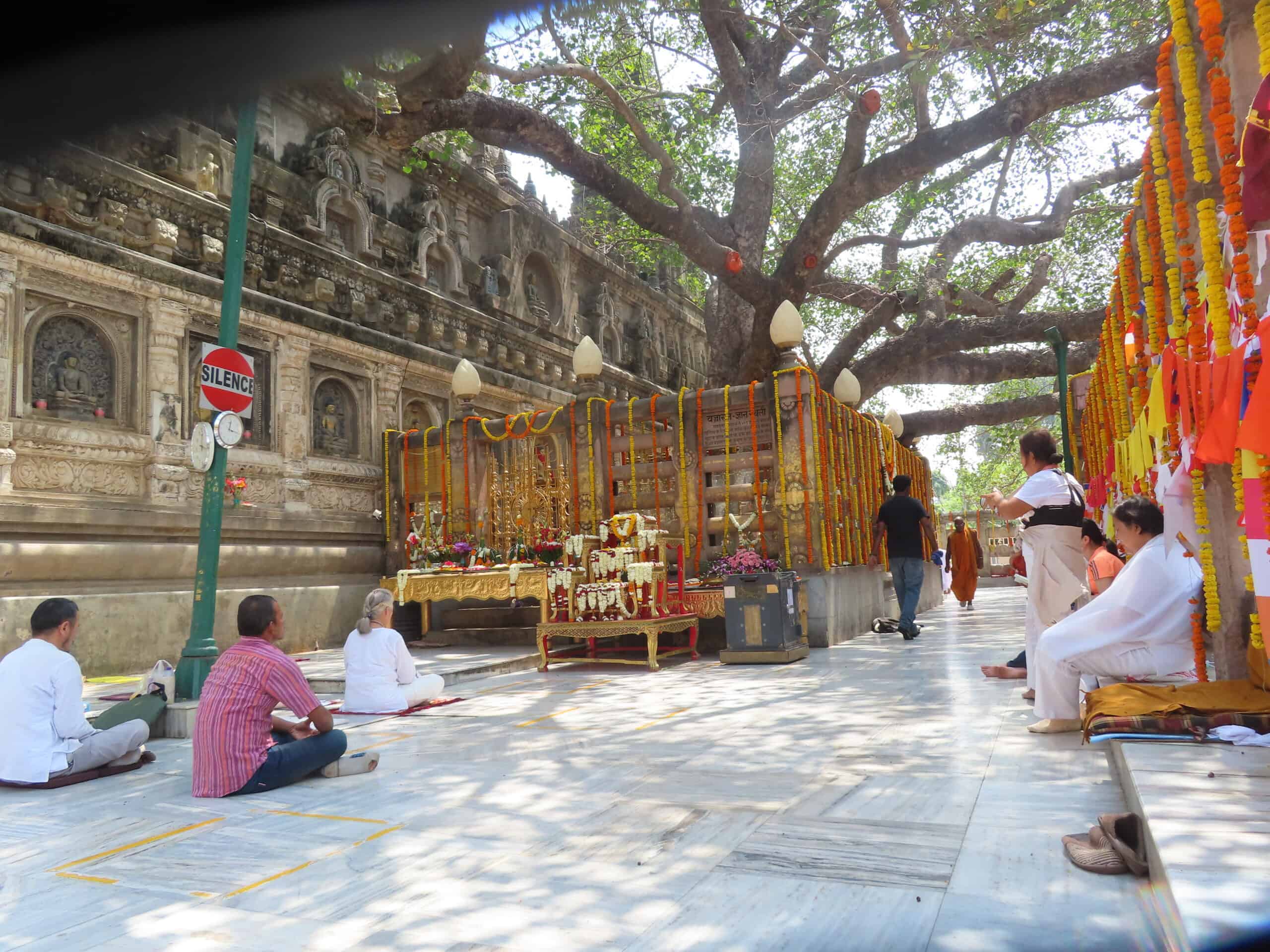
The Bodhi Tree at the Mahabodhi Temple in Bodh Gaya, India, is revered as the site where Siddhartha Gautama, who would become the Buddha, attained enlightenment over 2,500 years ago. The current tree is a direct descendant of the original fig tree under which Buddha meditated, and it continues to be a pilgrimage site for Buddhists worldwide. The Bodhi Tree symbolizes spiritual awakening and is central to one of the world’s major religions. Its large, heart-shaped leaves are emblematic of wisdom and peace, and the tree itself is often depicted in Buddhist art and literature as a symbol of enlightenment. The Bodhi Tree’s resilience through centuries of history, including periods of decline and regrowth, mirrors the enduring nature of Buddhist teachings. The tree also connects various historical and religious traditions, as its offshoots have been planted in sacred sites across Asia, reinforcing its significance as a living symbol of the Buddha’s enlightenment.
Major Oak (Sherwood Forest, England)

The Major Oak, a massive tree located in Sherwood Forest, England, is believed to be around 1,000 years old. This ancient oak is steeped in legend as the supposed hideout of Robin Hood and his band of Merry Men. The tree’s hollow trunk and sprawling limbs made it an ideal refuge in the folklore that has been passed down through generations. The Major Oak’s significance goes beyond its connection to English legend; it represents the deep cultural roots of the British Isles and the intertwining of natural and human history. Today, the tree’s limbs are supported by steel poles to prevent them from collapsing under their own weight, a testament to the efforts to preserve this living piece of history. In 2014, the Major Oak was voted England’s “Tree of the Year,” highlighting its importance in national identity and heritage. The tree’s enduring presence in Sherwood Forest continues to draw visitors from around the world, keeping the legend of Robin Hood alive.
Ankerwycke Yew (England)
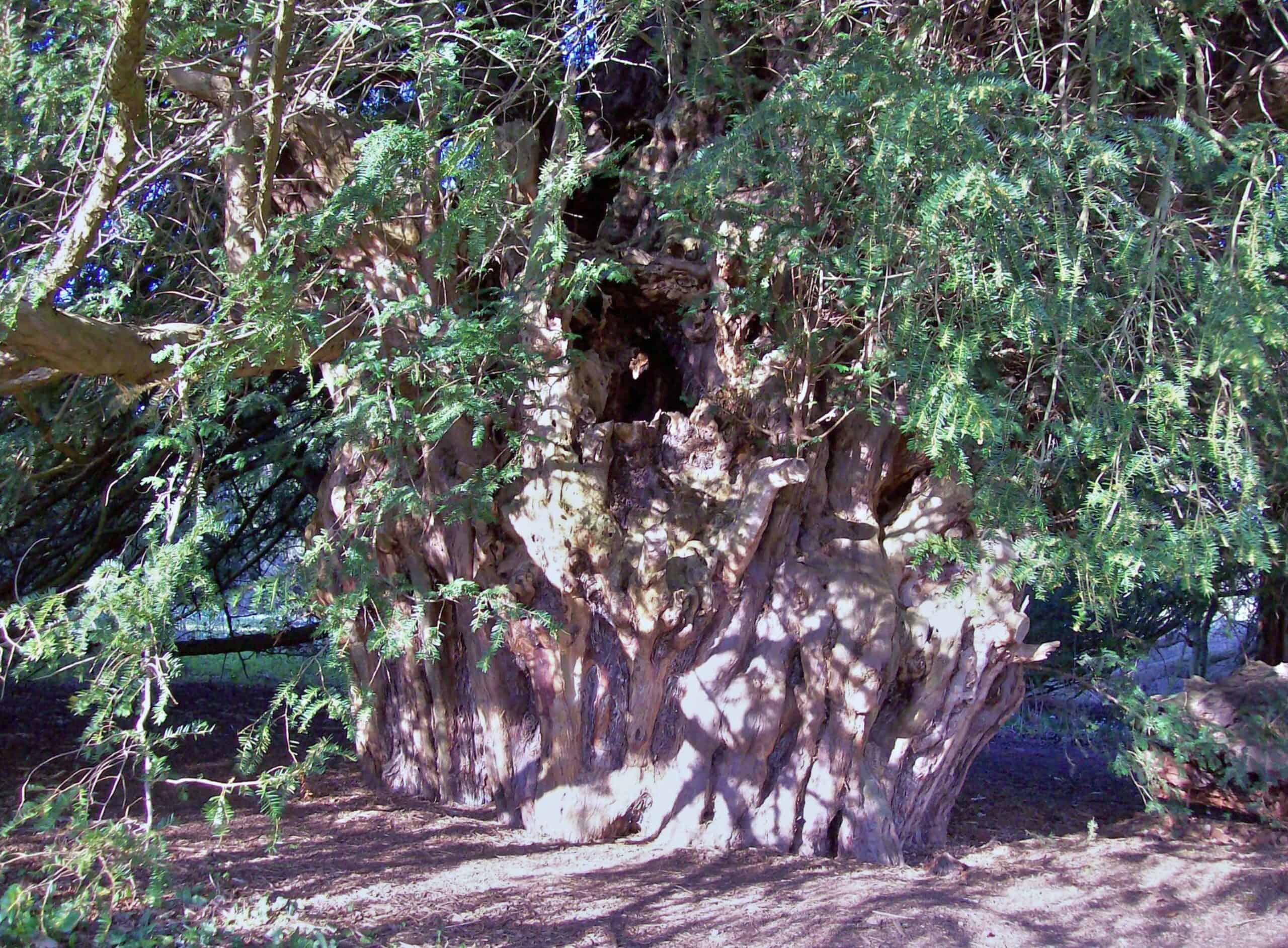
The Ankerwycke Yew, estimated to be over 1,400 years old, is one of Britain’s oldest and most historically significant trees. Located near the ruins of the Ankerwycke Priory in Berkshire, this ancient yew is believed to have witnessed the signing of the Magna Carta in 1215, an event that laid the foundation for modern democracy. The tree’s thick, gnarled trunk and expansive canopy have made it a symbol of endurance and continuity in British history. The Ankerwycke Yew is also linked to other historical events, including the meeting of King Henry VIII and Anne Boleyn. This tree’s longevity and its association with pivotal moments in British history underscore its cultural and historical significance. The Ankerwycke Yew’s survival through centuries of environmental change and human activity is a testament to the resilience of nature and the enduring importance of trees in human history.
General Sherman Tree (Sequoia National Park, USA)
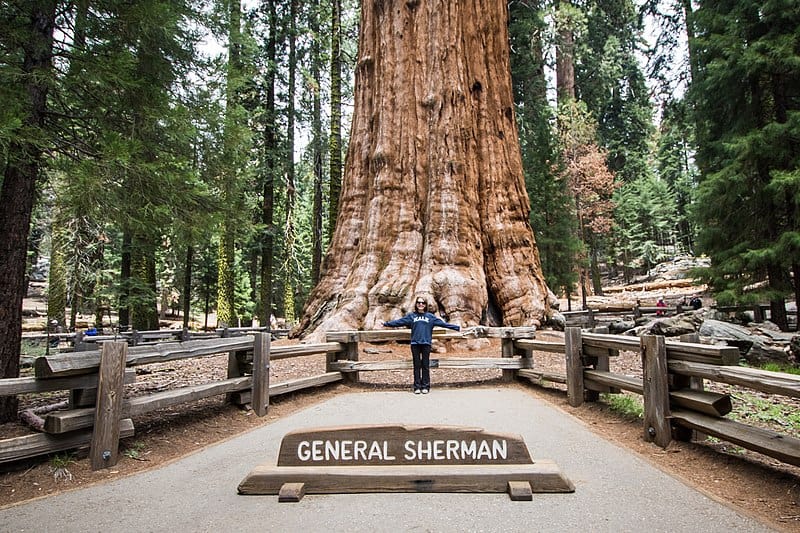
The General Sherman Tree, located in Sequoia National Park, California, is the largest tree in the world by volume. This giant sequoia is estimated to be between 2,300 and 2,700 years old, towering at a height of 274.9 feet with a base circumference of 102.6 feet. Named after Civil War General William Tecumseh Sherman, the tree represents the awe-inspiring scale of nature’s creations. Its immense size and age make it a living monument to the power of nature and the passage of time. The General Sherman Tree’s vast trunk could provide enough wood to build 120 average-sized houses, although it has been protected from logging since the establishment of Sequoia National Park. The tree’s significance lies not only in its physical dimensions but also in its role as a symbol of conservation efforts to preserve ancient forests. The General Sherman Tree continues to attract visitors from around the world, serving as a reminder of the importance of protecting our natural heritage.
Jaya Sri Maha Bodhi (Sri Lanka)
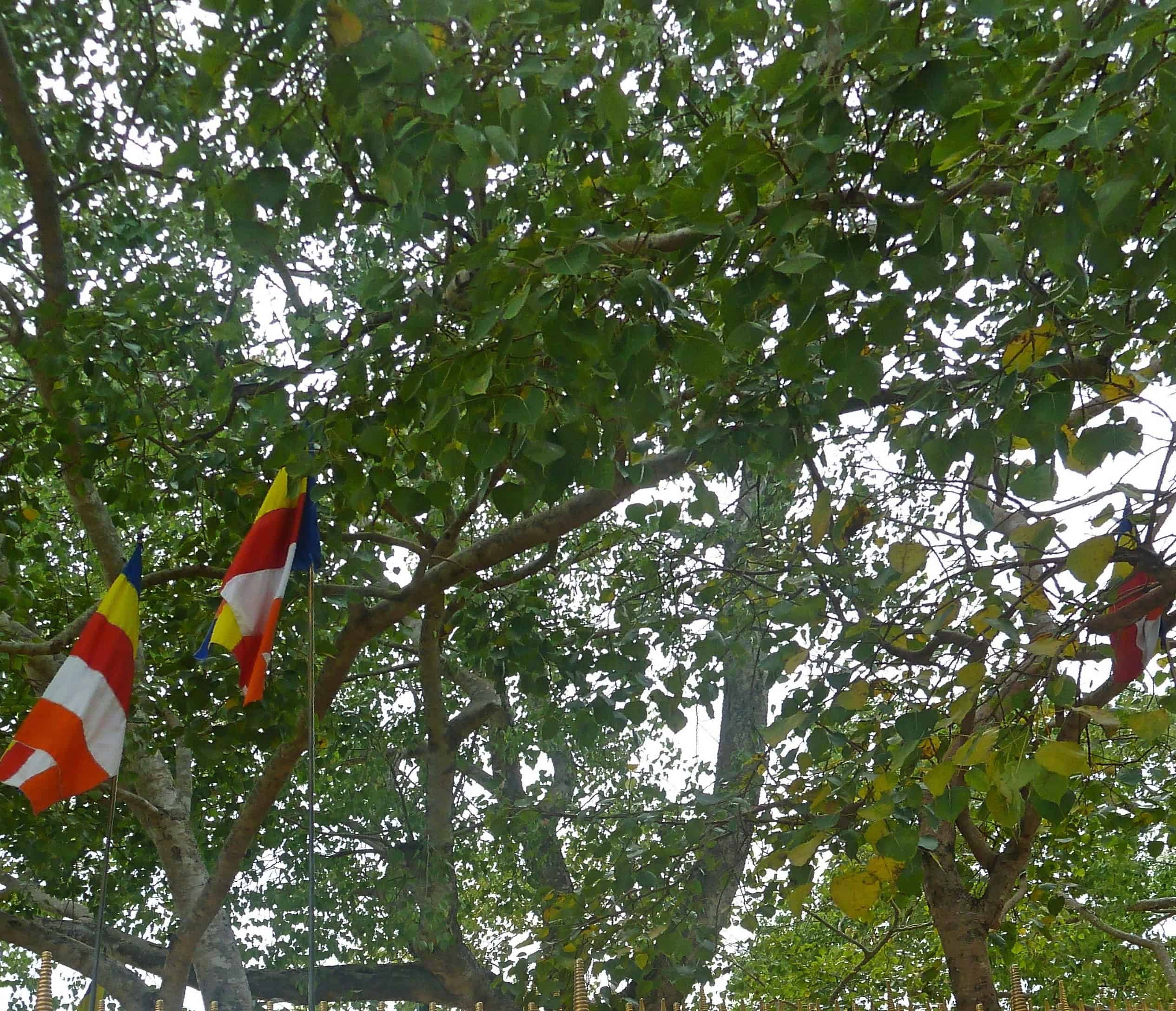
The Jaya Sri Maha Bodhi is one of the oldest living human-planted trees in the world, with its origins dating back to the 3rd century B.C. This sacred fig tree, located in Anuradhapura, Sri Lanka, is an offshoot of the original Bodhi Tree under which the Buddha attained enlightenment in Bodh Gaya, India. The tree was brought to Sri Lanka by Sanghamitta, the daughter of the Indian Emperor Ashoka, and planted by King Devanampiya Tissa. It has since become a revered site of pilgrimage for Buddhists around the world. The Jaya Sri Maha Bodhi symbolizes spiritual continuity and the spread of Buddhism across Asia. Its survival through centuries of history, including invasions and natural disasters, is a testament to the care and devotion of the Sri Lankan people. The tree’s significance extends beyond its religious importance, as it also represents the deep cultural and historical ties between Sri Lanka and India.
Anne Frank’s Chestnut Tree (Amsterdam, Netherlands)
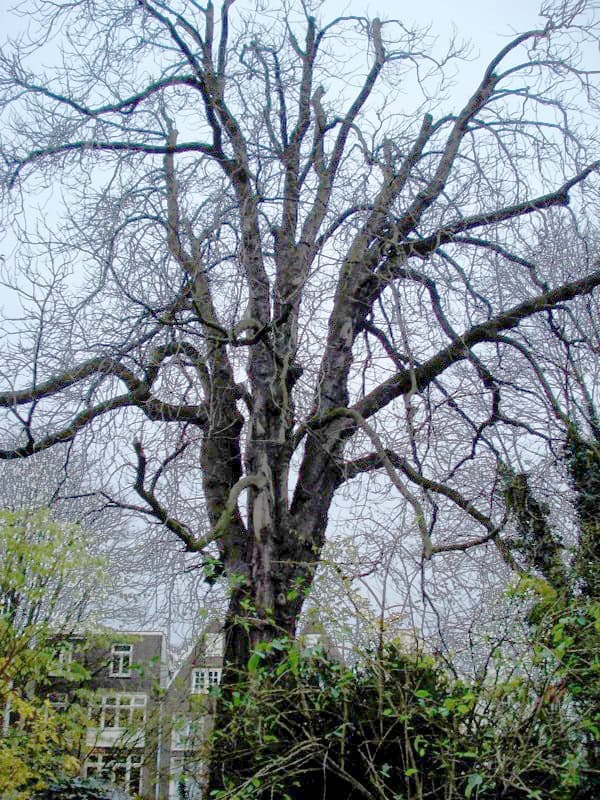
Anne Frank’s Chestnut Tree, located in the courtyard of the house where Anne Frank and her family hid during World War II, holds profound historical and emotional significance. For the two years that Anne was in hiding, this tree was one of her few connections to the outside world. She often wrote about the tree in her diary, describing its beauty and the comfort it provided during a time of immense fear and uncertainty. The chestnut tree became a symbol of hope and resilience, not just for Anne, but for countless others who have read her diary. Unfortunately, the tree was diseased and blew down in a storm in 2010, but its legacy lives on through saplings that have been planted around the world. These saplings, grown from the tree’s chestnuts, continue to serve as living reminders of Anne Frank’s story and the millions of lives lost during the Holocaust.
Emancipation Oak (Hampton, USA)
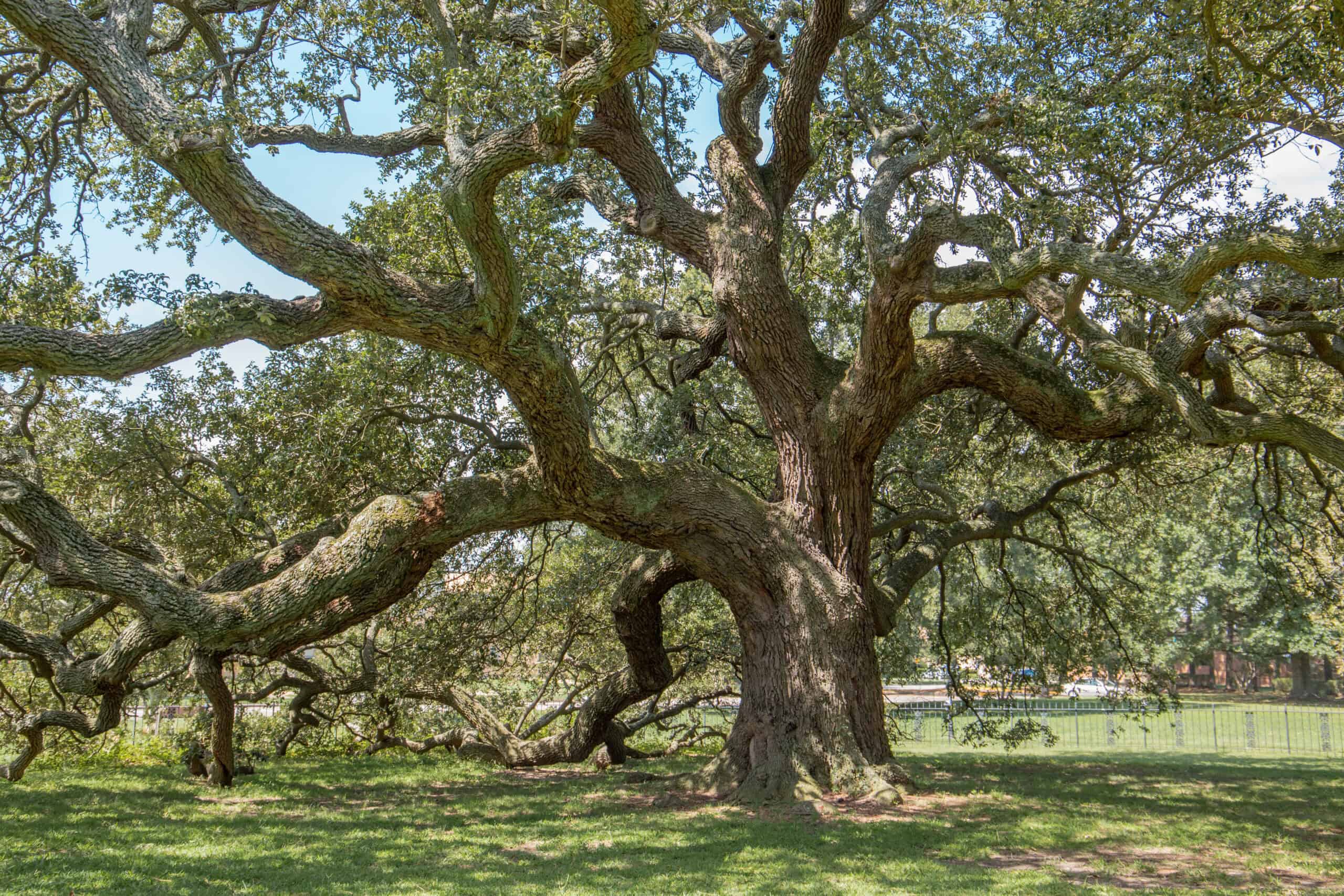
The Emancipation Oak, located on the grounds of Hampton University in Virginia, is a southern live oak with deep roots in American history. In 1861, this tree became the site of the first Southern reading of the Emancipation Proclamation, marking a significant moment in the fight against slavery. Prior to this, the tree had already played an important role as a gathering place where African American children, who had escaped slavery, were taught to read and write by Mary Smith Peake, despite laws forbidding the education of enslaved people. The Emancipation Oak’s sprawling canopy provided a safe space for learning and freedom, making it a powerful symbol of the struggle for civil rights. Today, the tree is revered as a living monument to the progress made towards equality and the ongoing fight against racial injustice. Its historical significance is commemorated by its designation as one of the “Ten Great Trees of the World” by the National Geographic Society.
Isaac Newton’s Apple Tree (Woolsthorpe, England)
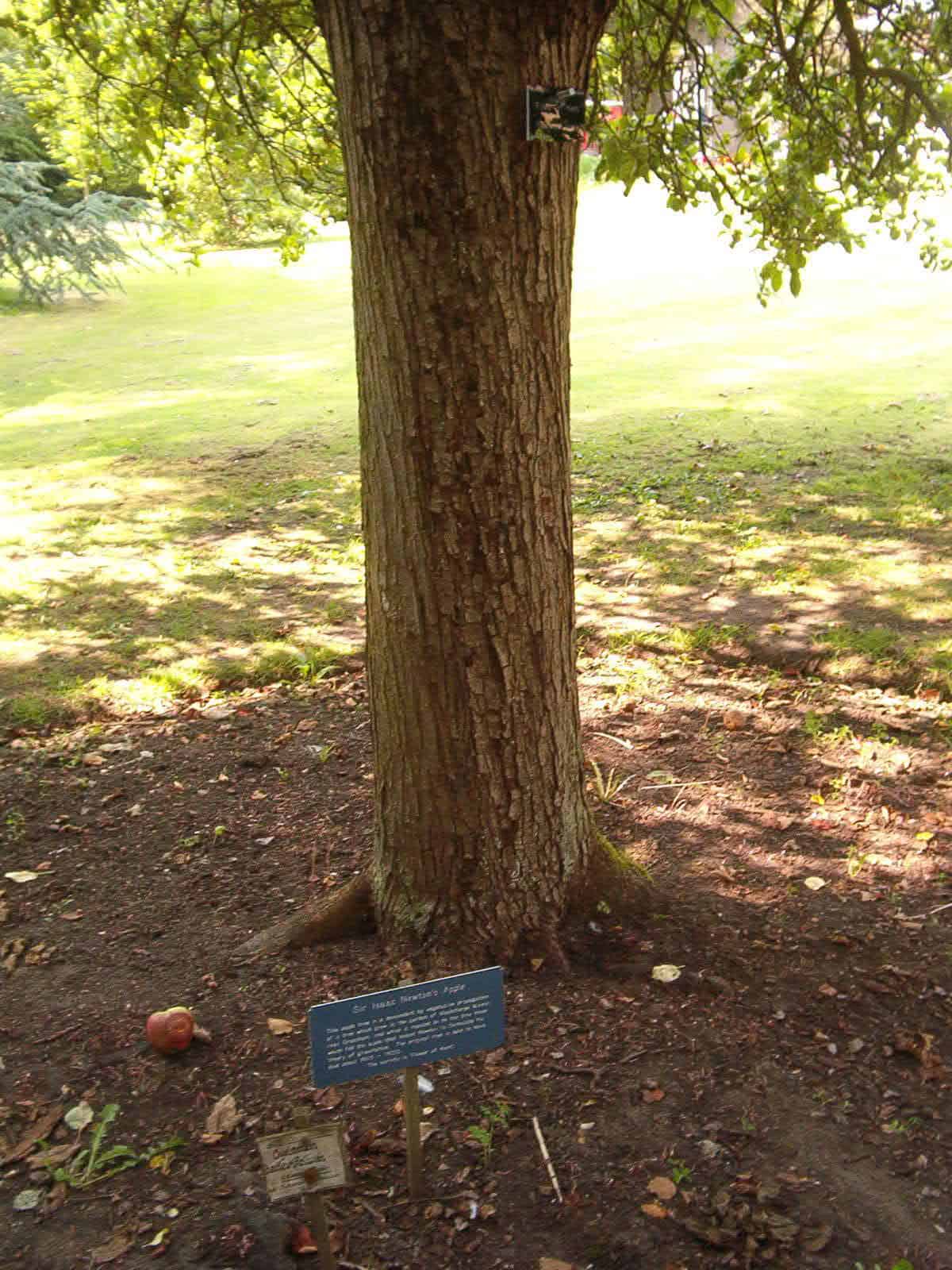
Isaac Newton’s Apple Tree, located at Woolsthorpe Manor in Lincolnshire, England, is famed for being the tree that inspired Newton’s theory of gravity. According to the story, Newton was sitting in the garden of his family home in 1666 when he observed an apple falling from the tree. This simple event led him to question the forces at play and ultimately to his formulation of the law of universal gravitation, a foundational principle in physics. The tree, a Flower of Kent variety, continues to produce fruit and stands as a symbol of scientific discovery and intellectual curiosity. Even after being damaged by a storm in the 19th century, the tree regrew from its base and has been carefully preserved ever since. Newton’s Apple Tree represents the intersection of nature and human ingenuity, reminding us of the profound impact that simple observations can have on our understanding of the world.
Cedars of Lebanon (Lebanon)
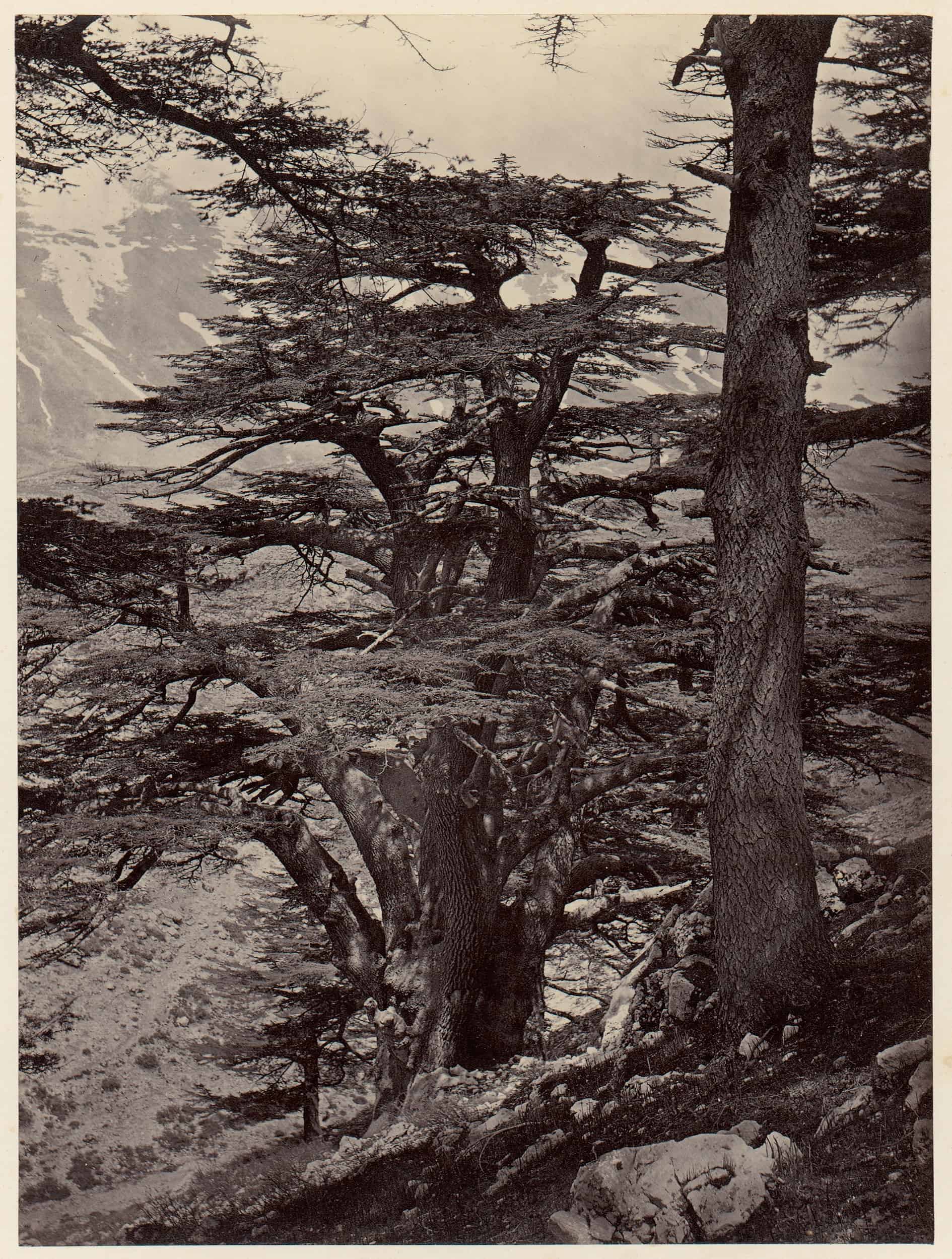
The Cedars of Lebanon are among the oldest and most historically significant trees in the world. These ancient trees, once part of vast forests covering the mountains of Lebanon, have been revered for thousands of years. Their wood was highly valued by ancient civilizations, including the Phoenicians, Egyptians, and Romans, who used it for shipbuilding, construction, and religious purposes. The cedars are frequently mentioned in the Bible and other ancient texts, symbolizing strength, longevity, and resilience. Today, only a small remnant of these once-great forests remains, primarily in the Cedars of God nature reserve in the Kadisha Valley, a UNESCO World Heritage site. The Cedars of Lebanon continue to be a powerful symbol of the country’s natural heritage and have inspired countless works of art, literature, and religious devotion. Efforts to preserve these ancient trees are ongoing, as they are not only a vital part of Lebanon’s history but also a critical component of its ecological future.
September 11 Survivor Tree (New York City, USA)
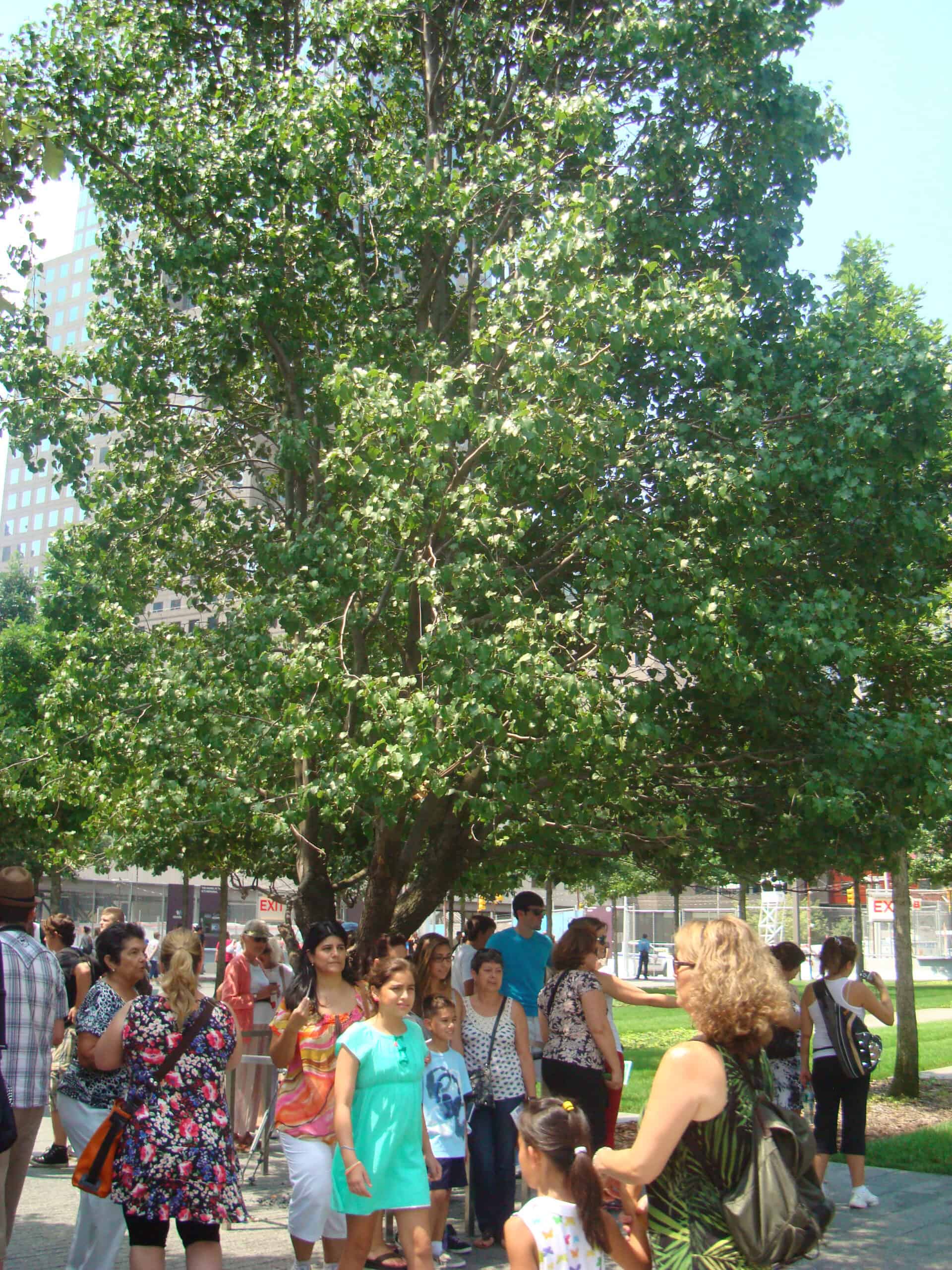
The September 11 Survivor Tree is a Callery pear tree that was discovered in the rubble of the World Trade Center after the terrorist attacks of September 11, 2001. Severely damaged, with burned and broken branches, the tree was rescued and taken to a nursery in the Bronx, where it was carefully nurtured back to health. In 2010, the tree was replanted at the 9/11 Memorial in Lower Manhattan, where it now stands as a symbol of resilience and hope. The Survivor Tree has grown into a flourishing testament to the strength and spirit of those who survived the attacks, as well as a memorial to those who did not. Each year, seedlings from the Survivor Tree are distributed to communities that have experienced tragedy, spreading its message of recovery and renewal. The tree’s survival and continued growth serve as a poignant reminder of the enduring human capacity to heal and rebuild in the face of adversity.
Wyndham Prison Tree (Australia)
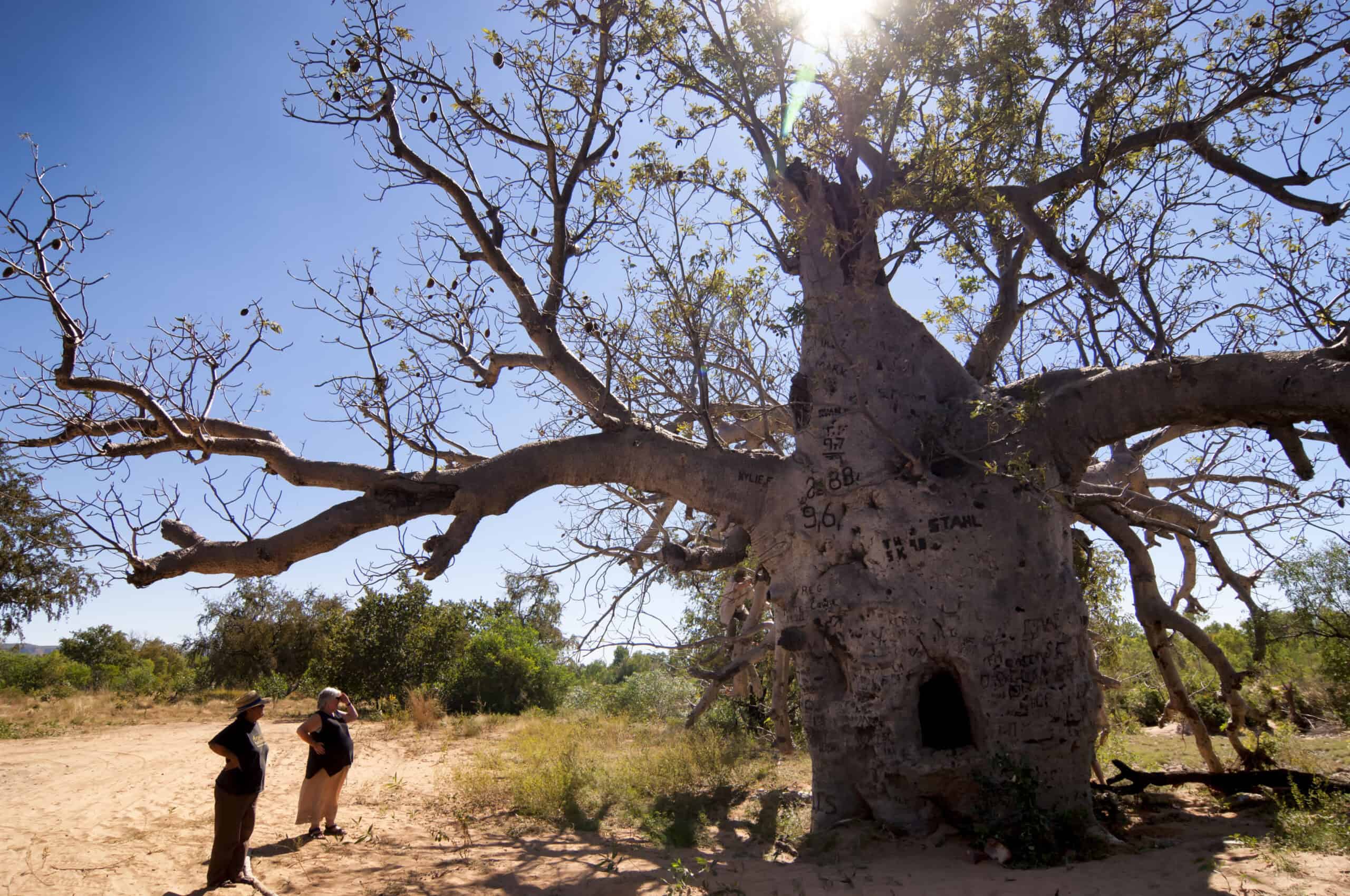
The Wyndham Prison Tree, located in Western Australia, is a large, hollow Boab tree that was used as a temporary holding cell for Aboriginal prisoners during the late 19th century. This tree, also known as the Hillgrove lockup, has a dark history, as it was part of the brutal treatment of Indigenous Australians during the colonial era. The tree’s hollow trunk could hold up to 30 prisoners at a time, serving as a grim reminder of the injustices faced by Aboriginal people. The Wyndham Prison Tree is now a protected site, recognized for its cultural and historical significance. It stands as a powerful symbol of the need to acknowledge and remember the atrocities committed against Indigenous populations. The tree’s unique shape and large size make it an impressive natural monument, while its history adds a layer of solemnity to its presence. Today, the tree is a site of reflection and remembrance, honoring the resilience of those who suffered within its confines.
Charter Oak (Connecticut, USA)
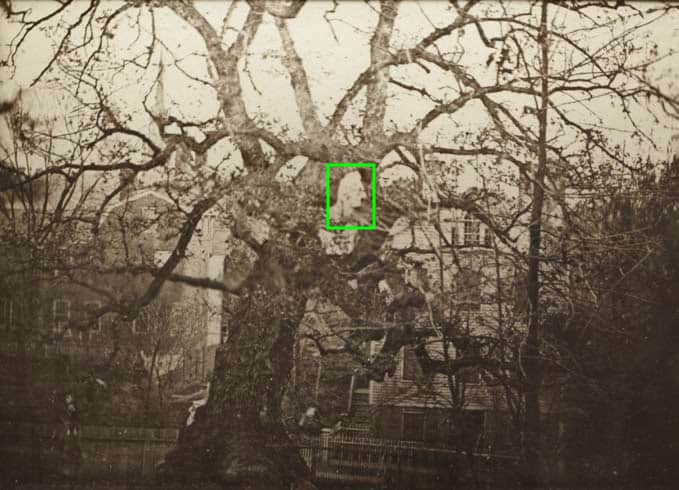
The Charter Oak, a white oak tree that once stood in Hartford, Connecticut, is an important symbol of American independence and resistance to British authority. According to legend, in 1687, when the English Governor Sir Edmund Andros attempted to seize Connecticut’s Royal Charter, the document was hidden inside the hollow trunk of the Charter Oak to prevent its confiscation. The tree became a symbol of the colonists’ determination to preserve their rights and autonomy. The Charter Oak stood for nearly 500 years before it was felled by a storm in 1856, but its legacy lives on in Connecticut’s state seal and flag, which both feature an image of the tree. The site where the tree once stood is now marked by a monument, and wood from the fallen tree was used to create commemorative objects, further solidifying its place in American history. The Charter Oak represents the spirit of defiance and the importance of protecting democratic principles.
The Methuselah Palm (Israel)

The Methuselah Palm is a date palm tree that was grown from a 2,000-year-old seed discovered in the ruins of Masada, an ancient fortress in Israel. This extraordinary tree, named after the biblical figure Methuselah, who is said to have lived 969 years, is a symbol of resurrection and the revival of ancient species. The seed from which the Methuselah Palm sprouted was one of several discovered in a jar at Masada, a site with deep historical and cultural significance. The successful germination of this ancient seed has provided researchers with valuable insights into the genetics of ancient crops and the resilience of plant species over millennia. The Methuselah Palm also represents the continuity of life and the enduring connection between past and present. As it continues to grow and thrive, the Methuselah Palm stands as a living testament to the enduring legacy of ancient civilizations and the potential for rediscovering lost aspects of our natural heritage.
This article originally appeared on Rarest.org.
More from Rarest.org

13 Most Expensive Classic Chevrolets

Classic Chevrolets hold a special place in automotive history, embodying a blend of performance, design, and cultural significance. Read more.
12 Most Mysterious Amphibians in Rainforests

Rainforests are teeming with life, harboring some of the most enigmatic creatures on Earth. Read more.
